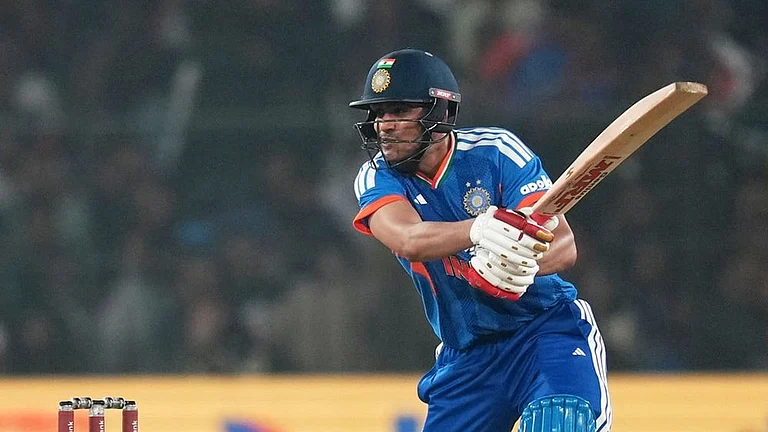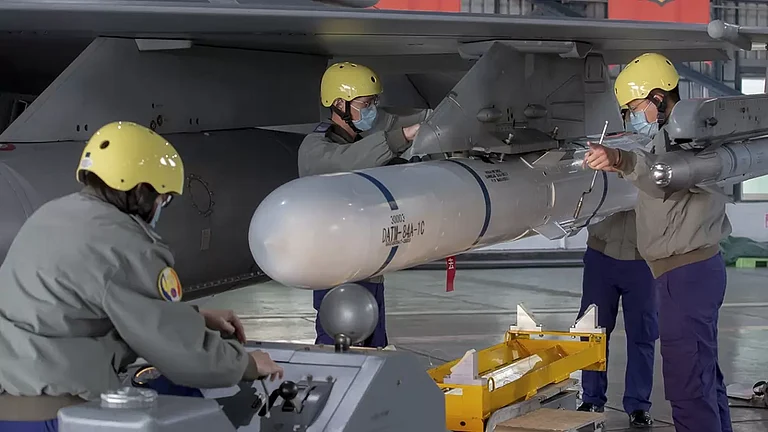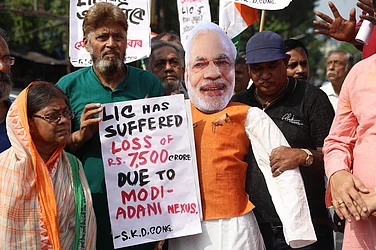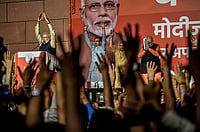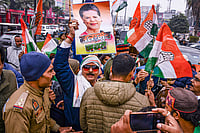Policy making and budget allocation in India have undergone a major transformation in the past three decades, after the adoption of economic liberalisation in 1991. From a neoliberal framework, government interventionism was resisted, and centrality of the market and its value system are becoming the guiding factor in the everyday life of individuals. Friedrich Hayek, the Austrian-British economist, laid the ideological foundations for neoliberalism in his work “The Road to Serfdom” in 1944, where he warned that weakening of classical liberalism will lead to loss of individual freedom and emergence of an oppressive society under the tyranny of dictatorship and the serfdom of individuals. His ideas were critical of Keynesian intervention, which led to the welfare state in Europe. But it had to wait for the welfare states to deteriorate for the neoliberal political economy to emerge during the 1980s in the UK and the USA. This political economic transformation has brought in major changes in the policy paradigm of all countries and reorganised the domestic political economies based on market efficiency. These transformations are clearly visible in annual budgetary documents of all countries including India.
Even though India prioritised industry and agriculture in the initial five year plans, educational finance slowly started rising from 0.64% of the GDP in 1950-51 to 3.93% of the GDP in 1990. The Kothari Commission in 1966 recommended that about 6% of the GDP should be allocated to education to meet the growing educational demands of the population. But the issues of economic stability, food stability and poverty alleviation of the newly independent nation gained priority over the educational needs of the people. However, to support the growing technological and managerial demands, the first IIT (Kharagpur) was established in 1952 and IIM (Calcutta) in 1961. The formal adoption of the economic liberalisation programme in 1991 has reprioritised the government’s focus more towards expanding markets. Neoliberalism insists on the superiority of markets, where the state will only steer the process in the form of good governance. The Structural Adjustment Programme (SAP) and the Conditionalities associated with it demanded the reduction of fiscal deficit, where reducing the public expenditure for social services like education, health, and safety-net for the poor were the easy targets to achieve this. The neoliberal ideological framework restructured the governance process based on the market principle of individual responsibility weakening the welfare state concepts like public good and community. Further, in addition to the laissez-faire principle of classical liberalism, neoliberalism insists that the state play a proactive role in creating the market wherever possible.
After 1990, there is stagnation in the educational finance in India, where the GDP share is hovering around 3-4 % without any substantial increase till today. In 1999, the Tapas Majumdar committee suggested that the government should spend an additional Rs1,37,600 crore for the next 10 years over the existing educational budget to universalise elementary education. Meanwhile India made the right to education a fundamental right in 2002, even though the provision has existed in Directive Principles of State Policy from the beginning. The neoliberal context explains the government’s initiative in this regard. After the adoption of the economic liberalisation programme in 1991, the Foreign Direct Investment (FDI) flows increased rapidly and reached 3.6 billion by 1997. The 1991 New Industrial Policy Act gave automatic approval for 51% foreign equity and by the year 2000, there were 37 bilateral agreements, and 72 double taxation treaties signed. The majority of 83% of FDI came to the manufacturing industry and this requires minimum skilled manpower. The 2002 amendment could be seen a guarantee to supply the required skilled manpower for the manufacturing capital.
Various policy reforms were carried out based on the recommendation of several committees formed by the government to orient the education sector in line with the neoliberal agenda. In the year 2000, during the term of the Vajpayee government, the 'Report on a Policy Framework for Reforms in Education', was written by Reliance Industries Limited (RIL) Chairperson Mukesh D Ambani (convenor) and Aditya Birla Group Chairperson Kumar Mangalam Birla (member). The report recommended privatisation of higher education by giving opportunity to leading business houses to setup universities. They wanted FDI investments in higher education to convert India into a destination for affordable and high-quality education. They recommended the ‘user pay principle’ in education to align it with the neoliberal philosophy. Those who cannot pay should take educational loans or credit from market. The report further recommended a complete ban on politics in educational institutions and annual rating of educational institutions to decide on the differential fee structure based on their performance in ranking. These market-oriented principles are to a larger extent already implemented by successive governments and the new load announcement in the present budget further strengthens it. The report wanted to convert education into a tradeable commodity based on neoliberal principles. The subsequent National Knowledge Commission Report (2007), Yashpal Committee Report (2009) and Narayana Murthy Committee Report (2012) came out with various recommendations in line with neoliberalism.
However, along with making education a fundamental right, the state did not make efforts to increase the funding to meet expenses. Here the neoliberal state, by stagnating educational funding, has forced many parents to choose private schools, as the infrastructure and human capital in government education sector declined. This is in line with the neoliberal principle of the state creating markets wherever possible. By 1990, more than 90% of students were enrolled in government schools, whereas at present, more than 50% in urban areas and around 17 % in rural areas go to private schools. In spite of having a Right to Education Act, more than 1.2 million children are out of school now. This strategy can be seen in other sectors also, as we are still hovering around 1-2% of the GDP for health, which has led to a huge private market in hospitals. By not providing potable drinking water, a big market is created for private water bottling companies. The state may not be able to propagate privatisation of education and health, but by stagnating funding, it can produce conditions that favour the creation of markets. Further the New Education Policy (NEP) implemented recently allows more private players and also FDI in the higher education sector in line with the neoliberal philosophy as outlined in the Ambani-Birla Report.
The current budgetary allocation for education and other social sectors follows the neoliberal footprints without any major changes. In the education sector, even though there is an increase of around Rs8000 crore in the budgeted expenditure compared to the previous year, it is Rs9000 crores lesser than the revised estimates of the previous fiscal year. In total, the education sector got a minimal increase of 0.18% compared to the previous year. The health sector also saw a minimal increase of 0.09% compared to the previous fiscal year, which may not be able to strengthen the public hospitals and healthcare. Further, the Rs10 lakh education loan for higher education was in line with the neoliberal philosophy of individual responsibility rather than with the state’s responsibility to provide quality education to all.
The State of Inequality Report (2023) shows that more than 90% of Indians have an average monthly income of less than Rs25,000 per month. A majority of Indians are dependent on state support in the form of PDS, transport, etc., for their day-to-day survival. India ranks 111 out of 125 countries in the Global Hunger Index and one-third of all malnourished children in the world live in India. The recent parliamentary election reaffirmed people’s faith in the welfare liberal constitutional framework in India. In this context, the present budget has not inspired any confidence since state withdrawal and privatisation are being emphasised based on the neoliberal framework rather than people’s welfare.
(Dr Venkatanarayanan Sethuraman is Associate Professor and Head of the Department of International Studies, Political Science and History, Christ University, Bangalore)









